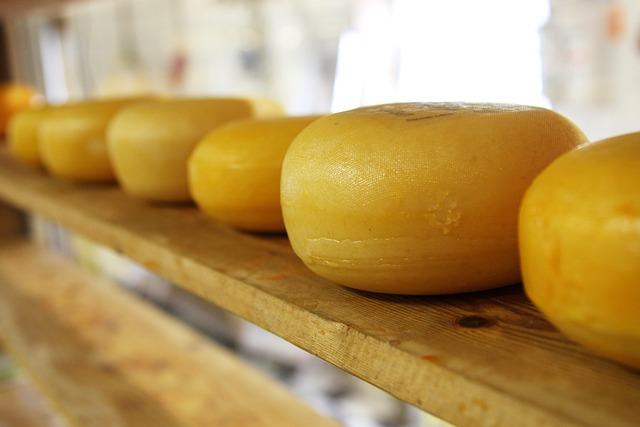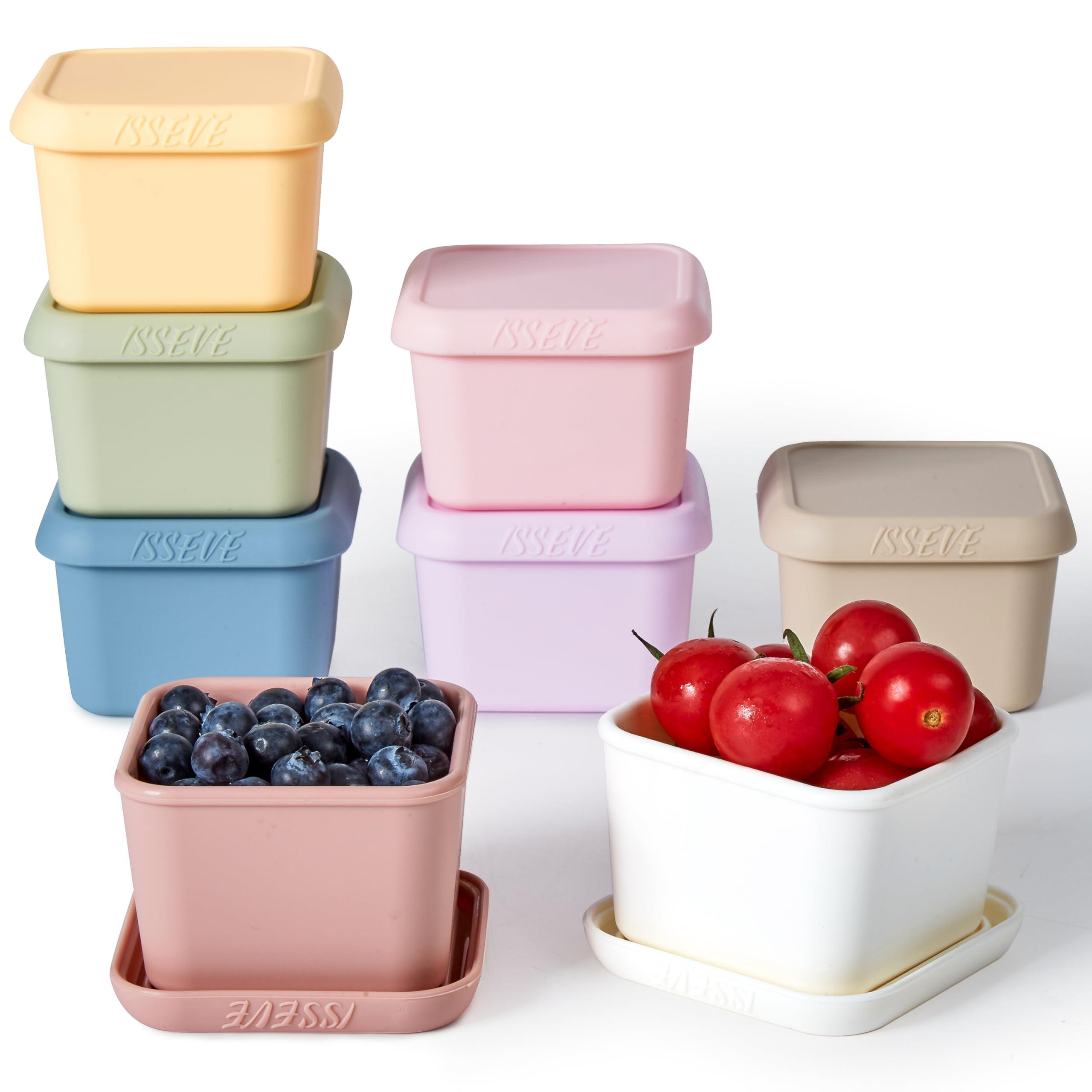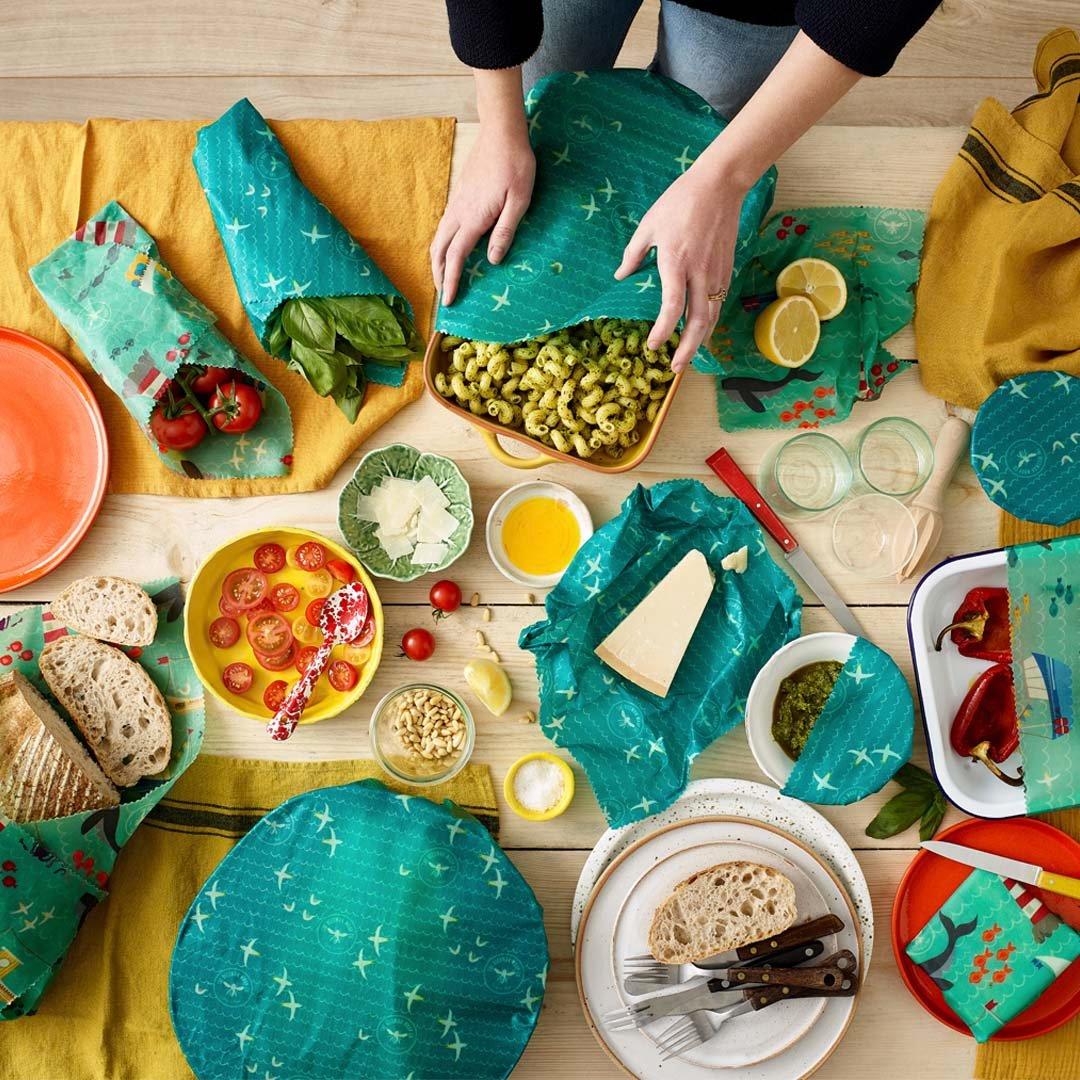In the heart of every home, the kitchen serves not only as a space for culinary creativity but also as a hub for sustainability. As we strive to reduce our environmental footprint, the choices we make regarding food storage play a vital role. Enter the two eco-kind contenders in the battle against plastic waste: silicone storage solutions and beeswax wraps. Both options offer innovative ways to keep our food fresh while championing a greener lifestyle. But how do they stack up against each othre? In this article,we’ll explore the strengths and weaknesses of silicone and beeswax wraps,guiding you through their unique benefits,uses,and environmental impacts,so you can make an informed choice that’s as good for the planet as it is for your kitchen.
Exploring Sustainable Choices in Kitchen Storage
In recent years, the quest for sustainable kitchen storage options has led many to consider alternatives to traditional plastic wraps.Two of the most popular choices are silicone and beeswax wraps,both celebrated for their environmentally friendly attributes yet distinct in functionality and use. Silicone wraps offer the advantage of being reusable and dishwasher-safe, making them a practical solution for food storage. Not only do they conform to the shape of containers, but they also create an airtight seal that helps keep food fresh longer. Conversely, beeswax wraps, made from organic cotton infused with beeswax, jojoba oil, and tree resin, are biodegradable and compostable, providing an eco-conscious option that reduces reliance on single-use plastic.
When deciding between thes two options, it’s essential to consider various factors that cater to your lifestyle:
- Durability: Silicone wraps can last for years and withstand high temperatures.
- Maintenance: Beeswax wraps are hand-washable but loose their effectiveness over time.
- Flavour: Silicone does not retain odors or flavors, while beeswax wraps may impart a slight scent.
- Environmental Impact: Both options reduce plastic waste, but beeswax wraps contribute to sustainable beekeeping practices.
| Feature | Silicone Wraps | Beeswax Wraps |
|---|---|---|
| Reuse | Yes, up to 2,000 times | yes, lasts about a year |
| Compostable | No | Yes |
| temperature Resistance | -40°F to 450°F | Not for freezing or hot items |
| Colors/Patterns | Solid colors | Various vibrant designs |

The Benefits of Silicone: Durability and Versatility
When it comes to kitchen storage solutions, silicone stands out due to its remarkable durability and versatility. Unlike traditional plastic wraps, silicone products can withstand extreme temperatures, making them perfect for both freezing and baking. They are resistant to stains and odors, ensuring that your food stays fresh without unwanted lingering tastes. Furthermore, silicone is lightweight yet incredibly strong, allowing for easy handling and long-lasting use, which significantly reduces the need for frequent replacements.
The versatility of silicone extends beyond mere storage; it can be molded into various shapes and sizes, accommodating different types of food items. This adaptability provides several options for food preservation, such as:
- Reusable silicone bags for a variety of items
- Silicone lids that create an airtight seal
- Silicone molds for cooking and baking
Choosing silicone not only promotes sustainability by minimizing single-use plastics but also helps keep your kitchen organized and efficient. In contrast to biodegradable options like beeswax wraps, which are traditionally limited to dry foodstuffs, silicone can handle a wider range of products, ensuring you have the right tools to protect your culinary creations.

Unwrapping Nature’s Solution: The Case for Beeswax Wraps
Imagine a sustainable solution that not only keeps your food fresh but also honors the environment. Beeswax wraps, made from organic cotton infused with beeswax, tree resin, and jojoba oil, form a breathable barrier that prevents spoilage while preserving flavors. Unlike plastic wrap, beeswax wraps are reusable and biodegradable, making them a fantastic choice for eco-conscious kitchens. When used, they mold to the shape of your food or containers, sealing in freshness without harmful chemicals. The soft,natural feel of beeswax also means they are gentle on your surfaces and will not cause scratches or damage.
Another attractive quality of these wraps is their versatility. They are perfect for covering bowls, wrapping sandwiches, or storing leftover fruits and vegetables, and come in a variety of sizes and vibrant patterns. Consider their eco-friendliness: for every use of beeswax wraps, you are directly reducing your reliance on single-use plastics. Below is a quick summary comparing beeswax wraps to traditional storage options:
| feature | Beeswax Wraps | Plastic Wrap |
|---|---|---|
| Reusable | ✔️ | ❌ |
| Biodegradable | ✔️ | ❌ |
| Toxin-Free | ✔️ | ❌ |
| Maintenance | Wash with cold water | Dispose after one use |

Eco-Friendly Practices: Combining Silicone and Beeswax for Optimal Use
Combining silicone and beeswax wraps creates a harmonious synergy in eco-friendly kitchen storage,offering the best of both worlds. Silicone lids and beeswax wraps complement each other well; silicone provides a robust, reusable solution for sealing containers and lids, while beeswax wraps are perfect for covering food items directly, molding seamlessly to various shapes. this combination not only reduces plastic waste but also enhances food preservation, which is essential for maintaining freshness and reducing spoilage.
When implementing these eco-friendly practices, consider the following benefits:
- Sustainability: Both materials are reusable and contribute to a reduction in single-use plastics.
- Versatility: Silicone can withstand high heat, making it ideal for cooking, while beeswax wraps excel in wrapping everything from sandwiches to bowls.
- Easy maintenance: Silicone items are dishwasher safe, and beeswax wraps can simply be washed with cold water and mild soap.
| Feature | Silicone | Beeswax Wraps |
|---|---|---|
| Material Type | Flexible & Durable | Natural & Biodegradable |
| Uses | Lids, Baking, Cooking | Food Wrapping, Bowl Covers |
| Temperature Tolerance | -40°F to 450°F | Room Temperature Only |
Concluding Remarks
In the quest for an eco-friendly kitchen, the choice between silicone and beeswax wraps may not be as simple as it truly seems. Both options have their unique advantages,weaving sustainability into our daily routines while helping to minimize our environmental footprint. Silicone wraps offer versatility and durability, making them ideal for the modern multi-tasking cook, while beeswax wraps infuse a touch of nature and tradition into food storage, promoting a more natural lifestyle.
Ultimately, the decision lies in your personal values and kitchen habits. Whether you opt for the sturdy embrace of silicone or the charming warmth of beeswax, you’re contributing to a greener planet, one meal at a time. As you embark on your sustainable journey, consider experimenting with both options, mixing and matching to find the perfect balance for your kitchen. Because in a world where every small choice matters, each wrap used is one step closer to a more eco-conscious lifestyle.Embrace the change, enjoy the process, and let your kitchen reflect your commitment to both quality and sustainability.

